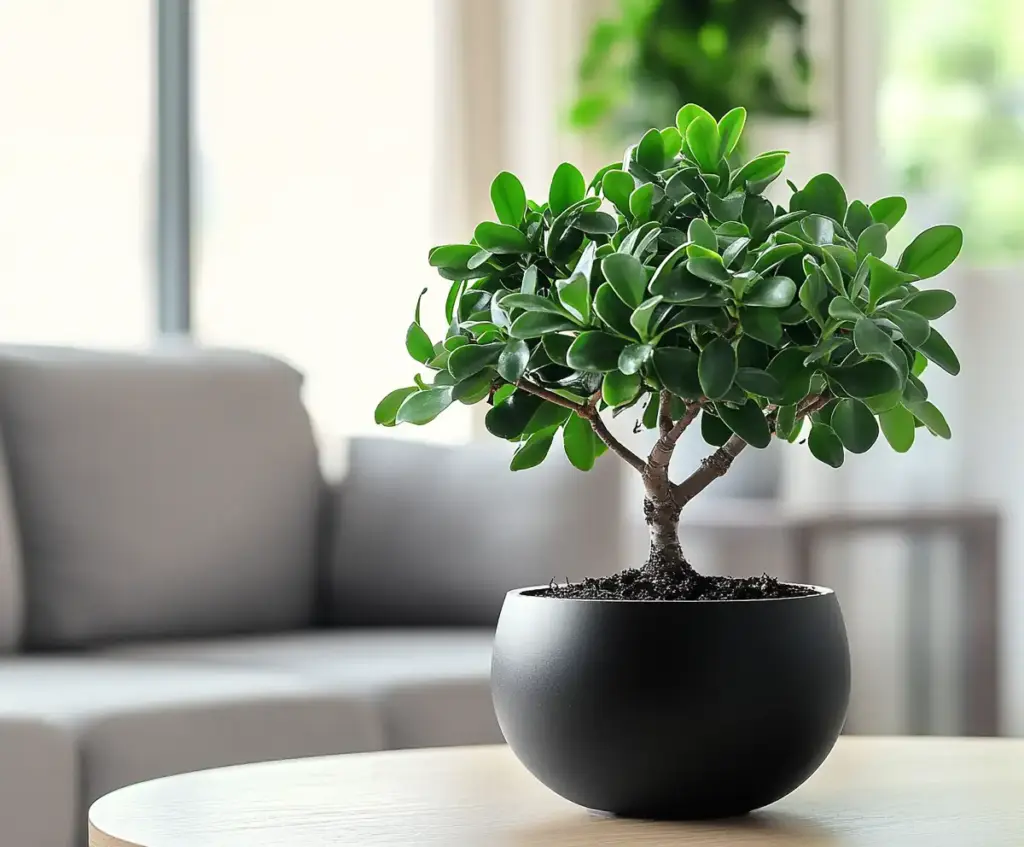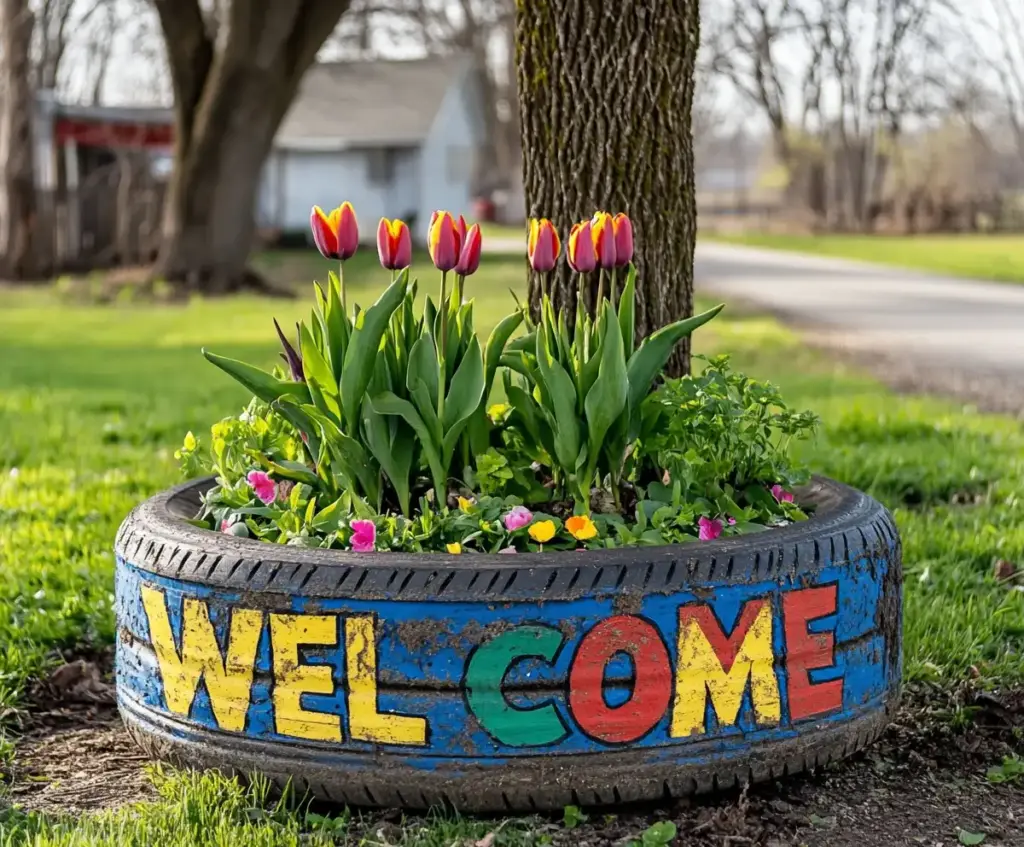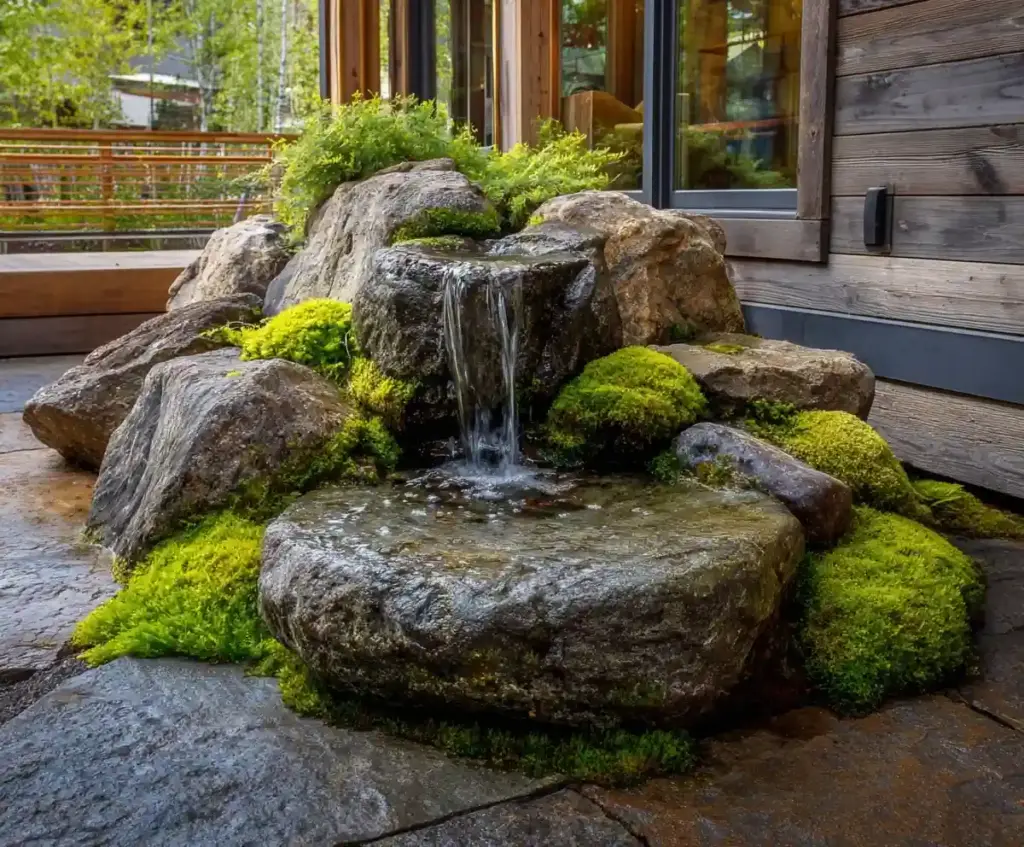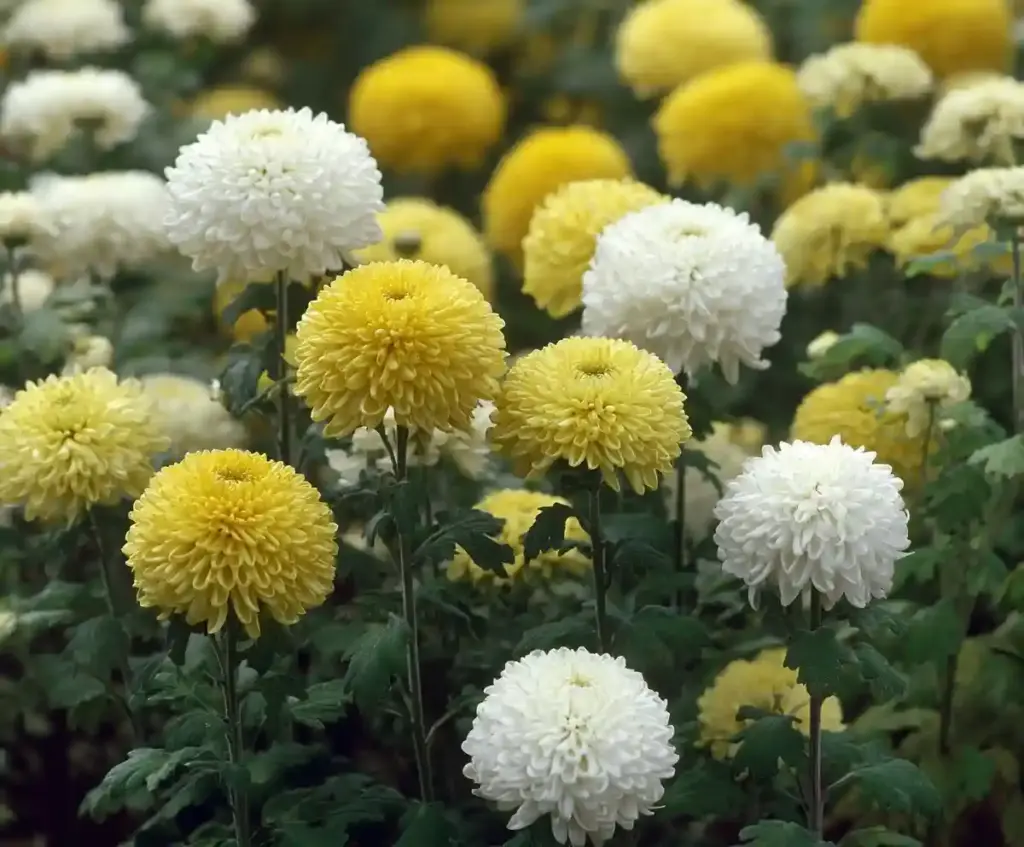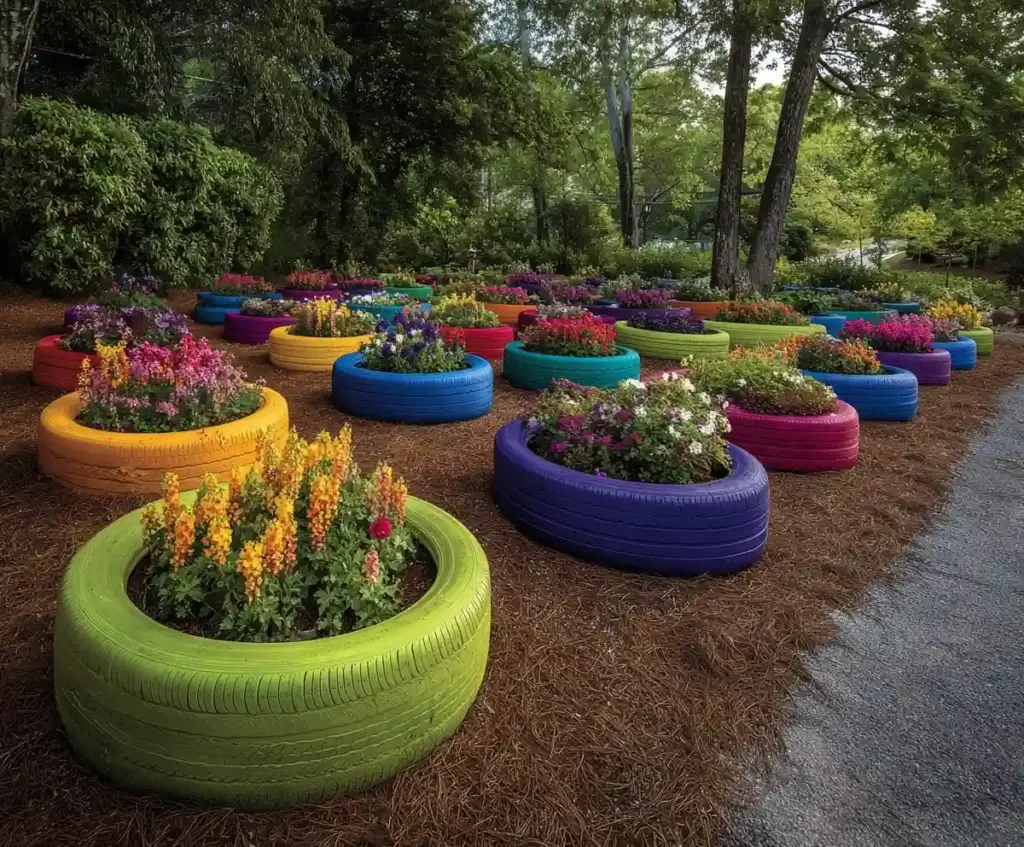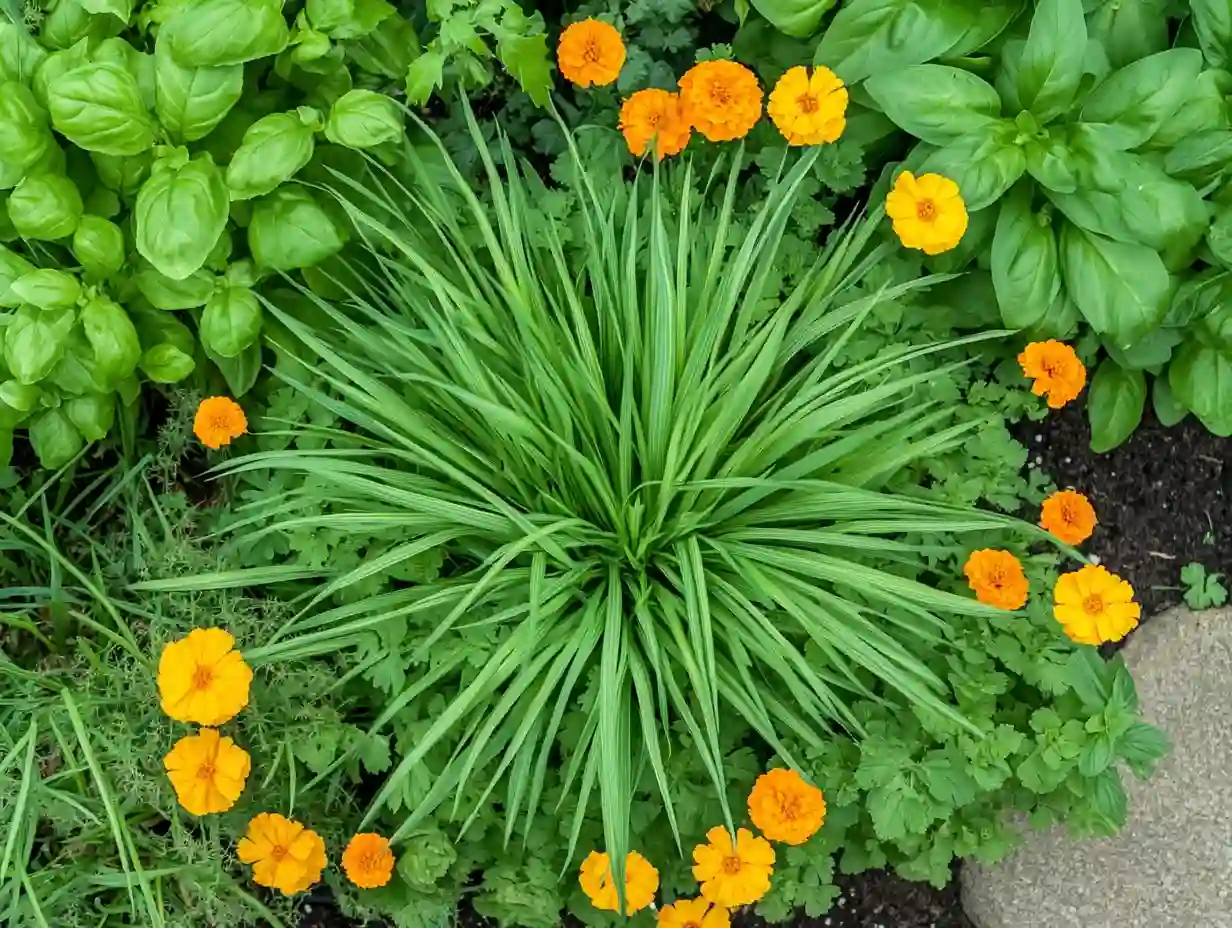Looking to bring bold, citrusy flavor straight from your garden to your kitchen? Lemongrass might be the herb you’re missing. Whether you love Thai curries, herbal teas, or natural wellness remedies, lemongrass is a powerhouse plant that’s surprisingly easy to grow at home — even if you’re short on space or sunshine.
This tropical herb doesn’t just elevate your cooking. It doubles as a natural insect repellent, smells incredible, and even has potential health benefits. Best of all? It thrives in containers or garden beds, making it ideal for small patios, sunny balconies, or backyard beds.
In this guide, you’ll learn everything you need to know to grow lemongrass at home — from choosing the right variety and prepping the soil to harvesting the most flavorful stalks. Whether you’re in a warm climate or planning to grow indoors over winter, we’ve got you covered.
Ready to grow your own lemongrass and enjoy fresh flavor year-round? Let’s get planting. 🌿
What You’ll Need to Grow Lemongrass
Before diving in, gather the basic supplies to set your lemongrass up for success.
🧰 Essentials:
- Lemongrass stalks or starter plants (from a nursery or grocery store)
- Large containers (if growing indoors or in cooler climates)
- Well-draining potting soil (add perlite or sand for better drainage)
- Slow-release balanced fertilizer (low nitrogen preferred)
- Watering can or hose
- Sharp knife or pruning shears
- Sunny location (at least 6–8 hours of direct sunlight)
🌱 Tip: If you’re using store-bought lemongrass, choose firm, fresh stalks with a bit of the root base still attached — they can be rooted in water!
How to Grow Lemongrass at Home – Step-by-Step
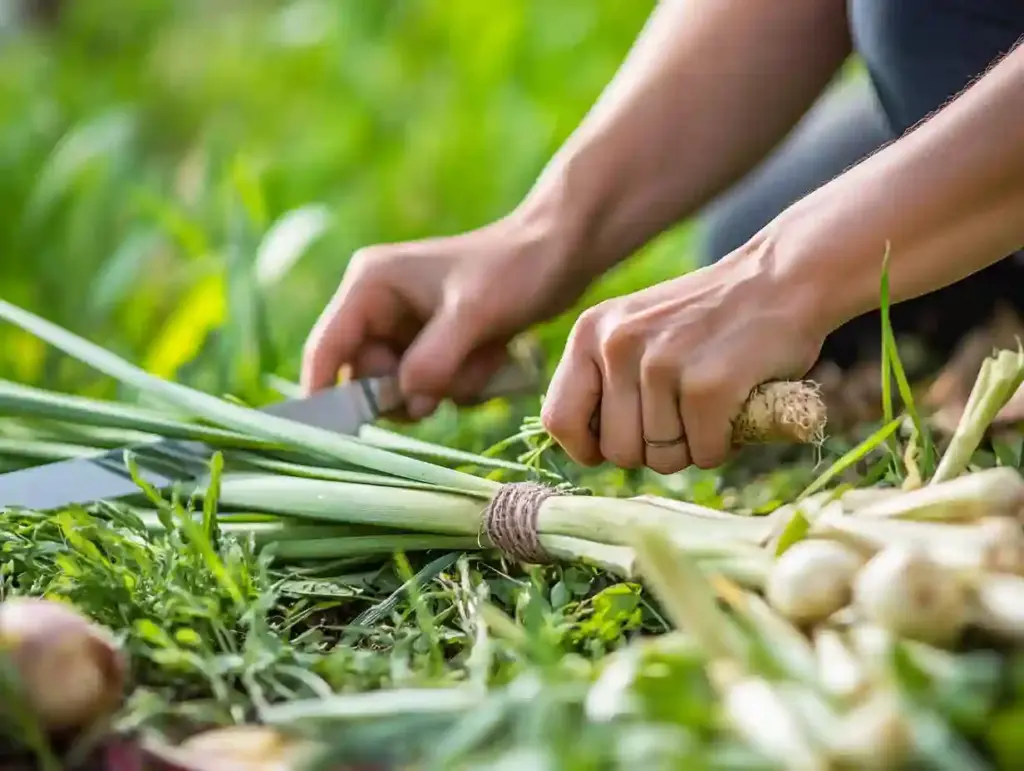
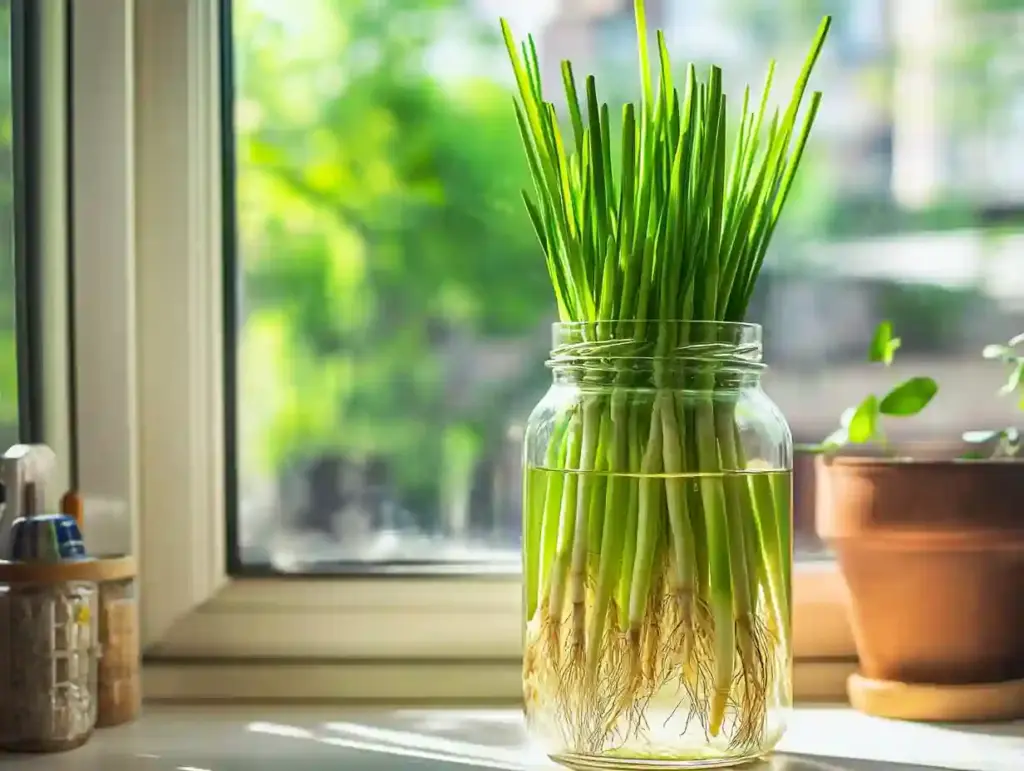

1️⃣ Choose the Right Variety
There are two main types:
- West Indian Lemongrass (Cymbopogon citratus): Best for culinary use – milder, sweeter flavor.
- East Indian Lemongrass (Cymbopogon flexuosus): Often used for oils and perfumes.
For cooking, stick with West Indian.
2️⃣ Select the Perfect Spot
Lemongrass loves heat and sun.
- Outdoors: Choose a spot with 6–8 hours of direct sunlight.
- Indoors: Use a south-facing window or supplement with a grow light.
If your winters dip below freezing, use containers so you can bring your plants inside.
3️⃣ Prep the Soil
Lemongrass likes:
- Well-draining soil with a pH between 6.0 and 7.5.
- A blend of potting soil + perlite or sand works well.
- Enrich with compost or aged manure for added nutrients.
4️⃣ Plant Your Lemongrass
- From seed: Start indoors in early spring. Keep warm and moist until germination (about 2–3 weeks).
- From stalks: Soak the root ends in water for 1–2 weeks until roots form, then plant.
- Spacing: If growing in beds, space plants 24 inches apart — they grow wide!
5️⃣ Water Regularly
Keep soil evenly moist, especially during the growing season. Avoid soggy conditions to prevent root rot.
- Water deeply when the top inch of soil is dry.
- Reduce watering slightly in winter dormancy.
6️⃣ Fertilize for Healthy Growth
- Use a slow-release, balanced fertilizer every 4–6 weeks during spring and summer.
- Avoid high-nitrogen formulas (they’ll boost leaves, not flavorful stalks).
7️⃣ Prune and Harvest
- Snip leaves anytime for tea or garnish.
- For cooking, harvest the thick stalks at ground level once they’re about ½ inch in diameter.
- Leave a few inches of stalk for regrowth.
8️⃣ Overwinter with Care
- In cold zones, bring containers inside before the first frost.
- Place in a sunny window and reduce watering.
- Trim back yellow leaves — fresh growth will return in spring.
Growing Tips & Common Mistakes to Avoid
Lemongrass is surprisingly forgiving, but with a few smart techniques, you can boost growth, flavor, and overall plant health. Let’s break it down.
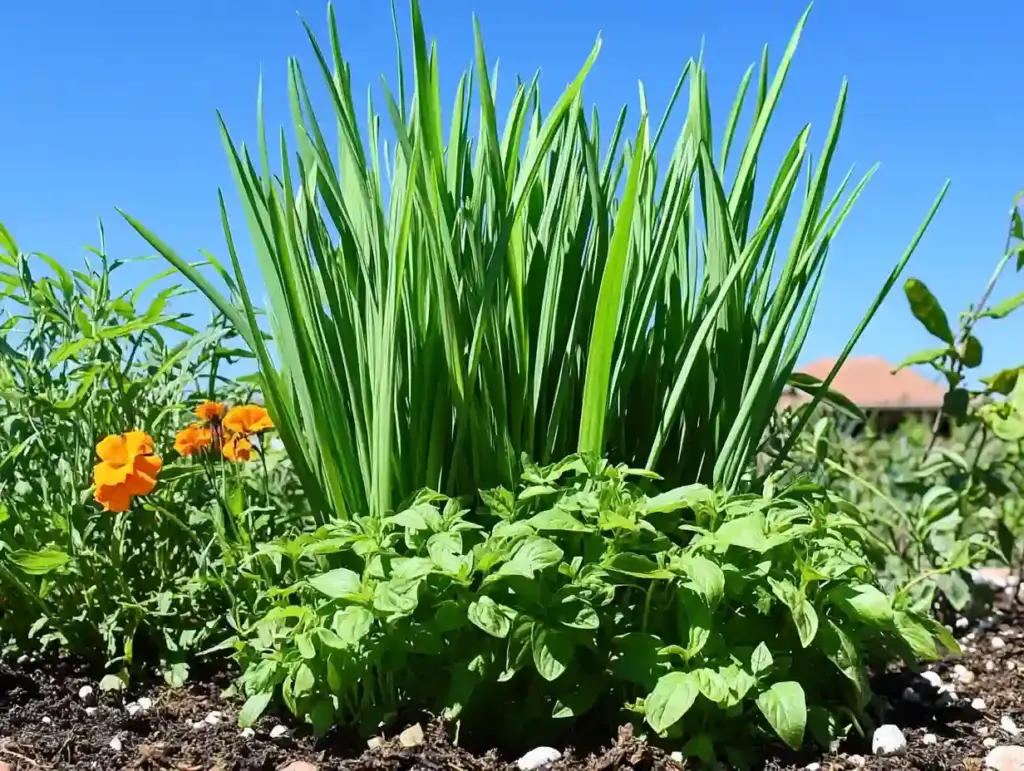
🌿 Pro Tips for Thriving Lemongrass
1. Use Deep Pots
If you’re growing in containers, go for deep, wide pots (at least 12–14 inches). Lemongrass has a strong root system that needs room to expand.
2. Encourage Bushy Growth
Trim the outer leaves occasionally. This promotes new shoots from the base and keeps the plant looking full and lush.
3. Rotate Indoor Plants
If growing indoors, rotate pots weekly to ensure even light exposure and prevent leaning.
4. Companion Planting
Grow lemongrass near basil, mint, or marigolds to deter pests naturally. Its scent repels mosquitoes and aphids.
5. Harvest Strategically
Don’t over-harvest. Leave enough stalks so the plant can recover and regrow — especially during the first growing season.
⚠️ Common Mistakes to Avoid
🚫 Overwatering
Lemongrass likes moisture but hates soggy roots. Always let the top inch of soil dry before watering again.
🚫 Poor Drainage
Planting in clay-heavy or compacted soil can cause root rot. Mix in sand or perlite to loosen things up.
🚫 Not Enough Sun
If your lemongrass looks leggy or weak, it’s probably not getting enough light. Move it to a sunnier spot or add a grow light indoors.
🚫 Overcrowding
This fast grower needs space to expand. If the center of the plant starts dying out, it’s likely too crowded — time to divide!
🌱 Bonus: When and How to Divide Lemongrass
Every 1–2 years, divide your lemongrass to keep it healthy and vigorous:
- Dig up the clump or remove from the pot.
- Use a sharp knife to cut the root ball into sections (each with stalks + roots).
- Replant each section in fresh soil.
Tip: Spring is the best time to divide before the main growing season kicks in.
Troubleshooting, Pest Control & Indoor vs. Outdoor Growing
While lemongrass is fairly low-maintenance, it’s still important to stay ahead of potential issues — especially if you’re growing in containers or bringing plants indoors.
🐛 Troubleshooting & Natural Pest Control
Although lemongrass naturally repels many insects, it’s not totally immune to problems.
Common Pests:
- Aphids: Tiny, sap-sucking bugs often found on new growth.
- Mealybugs: White, cotton-like clusters on stems or leaves.
- Spider Mites: Webbing and yellow specks on leaves in dry conditions.
Natural Solutions:
- Neem oil spray – Apply every 7–10 days if pests persist.
- Soapy water spray – Mix mild dish soap with water and spray affected areas.
- Rinse leaves – A simple hose-down (outdoors) can remove many soft-bodied pests.
- Introduce ladybugs – Nature’s pest control, especially if you grow outdoors.
🧼 Keep an eye on leaf undersides — pests often hide there.
🪴 Indoor vs. Outdoor Lemongrass: What to Know
| Aspect | Outdoor Growing | Indoor Growing |
|---|---|---|
| Sunlight | 6–8 hrs direct sunlight | Bright window or grow light required |
| Space | Can grow large and bushy | More compact if pruned regularly |
| Winter Care | Must be moved indoors in frost-prone zones | Grows year-round with enough light |
| Pest Risk | Fewer indoor pests but more outdoor variables | Aphids and mites possible indoors with dry air |
| Maintenance | More watering in summer heat | Less frequent watering in cooler, indoor temps |
🌡️ Overwintering Tips for Cold Climates
If you live in USDA zones 8 and below, lemongrass won’t survive the winter outdoors unless protected. Here’s how to keep it going:
- Container plants: Move indoors before the first frost.
- Garden plants: Dig up and pot in fall for indoor care.
- Place near a bright window and cut back yellowing leaves.
- Reduce watering — the plant goes semi-dormant in winter.
Even if your plant dies back, the roots often survive and regrow in spring.
💡 Now that your lemongrass is healthy and thriving, let’s wrap things up with answers to your top questions and some final growing inspiration.
author:Frequently Asked Questions (FAQ)
🌿 Can I grow lemongrass indoors year-round?
Yes, as long as you have a bright, sunny window or supplement with a grow light. Lemongrass does well in containers and can thrive indoors, especially during the colder months. Just remember to rotate the pot and keep the soil lightly moist.
🌱 How long does it take for lemongrass to grow?
If you’re starting from a rooted stalk or transplant, you can begin harvesting in 3–4 months. From seed, it may take a little longer, but you’ll still see strong growth by late summer.
✂️ How do I know when to harvest lemongrass?
Look for stalks that are about ½ inch thick near the base and feel firm. Cut at ground level and leave a few inches of stalk for regrowth. You can also snip leaves at any time for teas or aromatics.
🐛 Is lemongrass pest-resistant?
Mostly, yes! Its strong citrus scent naturally repels mosquitoes and many insects. However, indoors or in crowded beds, it can occasionally attract aphids, spider mites, or mealybugs.
🌡️ Will lemongrass survive frost?
No. Lemongrass is a tropical plant and won’t survive freezing temperatures. In cold climates, either grow it in pots or dig it up and bring it indoors before the first frost.
Final Thoughts
Growing lemongrass at home is one of those gardening wins that gives back in more ways than one. It’s flavorful, fragrant, beautiful, and even functional — whether you’re cooking up a Thai curry, blending your own herbal tea, or just enjoying the way it looks in a sunny corner of your patio.
The best part? It’s incredibly beginner-friendly. With just a sunny spot, well-drained soil, and a little attention to watering, you’ll have a steady supply of fresh lemongrass for years to come.
So whether you’re planting it in the ground or starting a pot on your kitchen windowsill, go ahead and give it a try. Your garden — and your meals — will thank you.
🌿 Got a lemongrass-growing hack or recipe to share? Drop it in the comments or tag your garden on social — we’d love to see it grow!
🌿 Love gardening inspiration? Follow me on Pinterest for bold plant ideas, tips, and seasonal color!
More Posts
